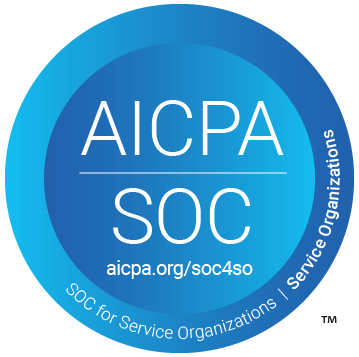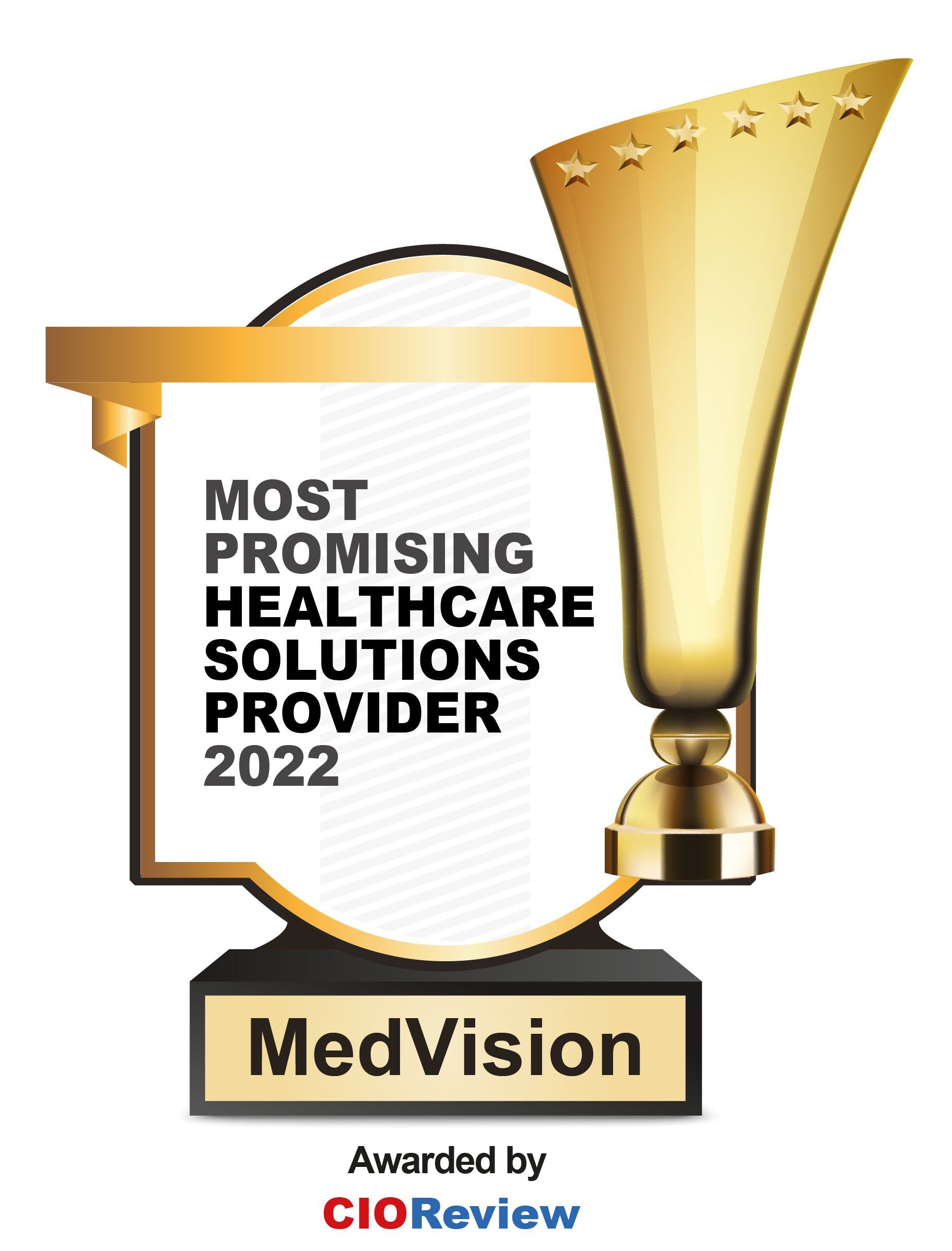Giving IPAs Meaning through Risk Stratification Solutions
Independent Physician Associations (IPAs) are the result of a concept that originated from the western parts of the United States of America (USA). The IPAs meaning has been taken to indicate that the association is physician-led to negotiate reimbursement, reduce overhead ventures, and improve care delivery through benefits introduction in physician networks.
IPAs are considered coordinated healthcare systems that offer the required infrastructure to small healthcare providers to deliver
comprehensive care management while improving the quality of care. IPAs offer advantages that attract physicians, such as:
- Increased negotiating power with private payers and insurance companies
- Enhanced administrative and operational technologies through digital healthcare management
- Maintained physician independence with supportive and extended patient care networks
- Added option of converting into an Accountable Care Organization (ACO) for future growth

Implement Best Management Practices for Better IPAs Meaning
IPAs, being managed care organizations, require careful considerations when it comes to employing strategic measures in managing health populations. Considerations such as implementing and supporting value-based care plans, retaining contractual health plan obligations, and building patient engagement through risk-stratifying algorithmic programs are some of the most significant concerns for IPAs.
By providing effective healthcare management practices and enforcing best practices, emergency visits, in-patient admissions, as well as patient readmissions tend to be reduced. Consequently, this can decrease healthcare costs while still improving healthcare quality. Physician engagement in best practices programs has been implied to link to better healthcare outcomes, with physicians in large networks being suggested to be more effective. This can add more layers to strengthening the IPAs meaning to the industry.
Through risk-stratification arrangements used to
efficiently allocate limited healthcare resources, many have noted that the in-patient utilization drastically declined. Care and case management is often determined on a case-to-case basis. Some are receiving more physical face-to-face encounters than others based on their needs, whereas some are selected through automated risk-stratification algorithms that take into account several key healthcare factors.
Risk Stratification as a Tool for Increased Healthcare Outcomes
IPAs can benefit greatly from risk-stratification programs and models that can identify the different needs of patients through assigned codes. Through focused healthcare management practices, value-based stratification solutions were found to benefit all parties in allocating limited resource-intensive methodologies. The high level of efficiency often leads to a positive return on investments (ROI).
Patient risk management is essential to achieving
high levels of positive healthcare outcomes. Risk stratification allows providers to determine the right level of care and services for specific groups of patients. This is done by assigning risk statuses and employing these as guides to care delivery for improved overall health outcomes.
A common method of many risk stratification strategies includes assigning patient risk levels through codes. The said codes can be used to determine the care models used to treat patients in specific subgroups. In turn, these codes can then be further personalized. In order to maximize efficiency, value-based healthcare providers must analyze their health population and provide customized care services based on their identified risks and costs.
Resource-intensive care can then be assigned and reserved for high-risk patients, matching risk-based care models with customized care delivery at every identified level to allot appropriate resources. This can be seen in many top value-based healthcare organizations that utilize risk-stratification solutions to their fullest advantage, especially when employed effectively in reinforcing IPAs meaning and relevance in healthcare.

Use Value-Based Integrated Healthcare Solutions to Mitigate Risks
Healthcare models change and evolve over time to better suit shifting healthcare needs and population requirements. While new programs may emerge, independent practices will most likely stand the test of time as a viable alternative to value-based healthcare service and care delivery. To continue giving IPAs meaning in the healthcare industry, it is important to invest in solutions that can manage risks while providing administrative and operational support to providers.
As a
value-based integrated healthcare administration solutions, QuickCap 7 (QC7) is developed by MedVision to simplify healthcare workflow processes. Featuring intuitive user-friendly interfaces that flow seamlessly from one workflow to another, QC7 demystifies complex healthcare procedures to encourage increased productivity. IPAs benefit most from QC7 through:
- Case management modules to assign patient programs, issues, and health goals.
- Member data and information management for health plan eligibility.
- Reports analyses such as in-patient details and out-patient information, emergency services, and claims and authorization data.
- Code management for authorizations, claims, contract types, credentialing, customer service, diagnoses, electronic data interchange (EDI) files, eligibility, and more.
QC7 enables IPAs to customize the platform according to their administrative and operational demands, streamlining work processes into an integrated system highly capable of powerful multidisciplinary and interoperability functions. At MedVision, we support your continued growth through the best healthcare solutions tailored to your organizational needs.
Stratify Risks With QC7 Now!
References:
- https://www.ajmc.com/view/strategies-for-implementing-best-practices-in-independent-physician-associations
- https://www.healthitoutcomes.com/doc/the-future-of-independent-practice-and-ipas-0001
- https://www.nachc.org/wp-content/uploads/2019/03/Risk-Stratification-Action-Guide-Mar-2019.pdf
Explore Related Blogs
Recently published articles
Keep in touch
Subscribe to get the latest update
Trending topics
Share your insights on social media
Upcoming events and company news


















